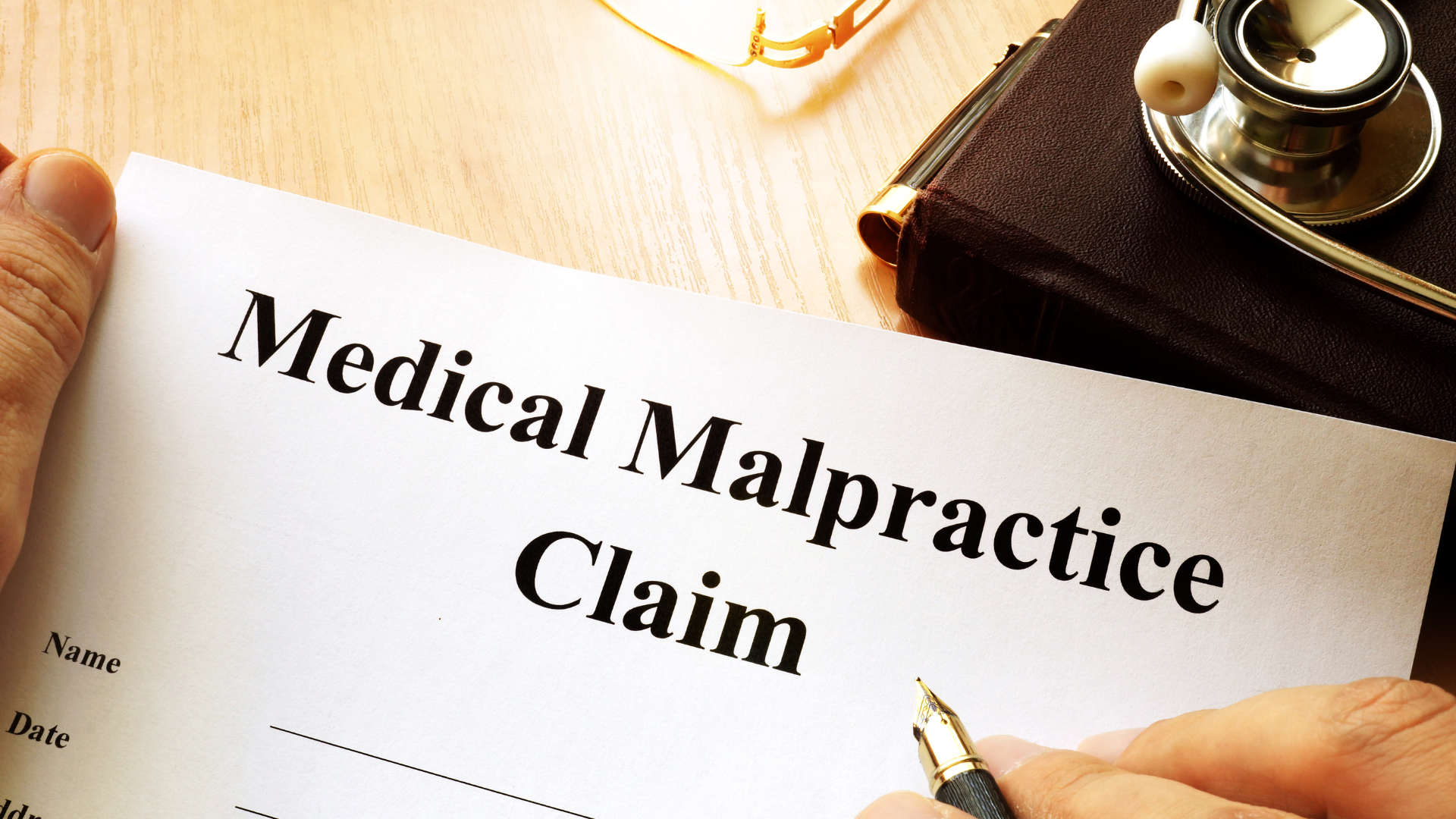Medical malpractice refers to the negligence or error of a doctor in treating a patient. The medical malpractice claim may be filed by either the patient or the personal representative of a deceased patient’s estate, against the physician, hospital, or another healthcare provider. A common defense for doctors is that they are not liable when they act as an “arm’s length” consultant and an independent contractor to another doctor who is actually in charge and has full responsibility for the work product.
What is Medical Malpractice?
Medical malpractice is a term used to describe negligence on the part of a medical professional that results in harm to a patient. It can take many forms, from errors made during surgery to misdiagnosis and failure to provide proper treatment. The claims are rising due to the increasing cost of health care and the number of people who are living longer and requiring more medical care. The aging population is also more likely to have chronic conditions that require ongoing treatment.
There are several ways to prevent medical malpractice claims, including:
- Improving communication between patients and doctors.
- Make sure all test results and treatments are thoroughly explained to patients.
- Educate patients on their rights and what to do if they feel they’ve been harmed by medical negligence.
- Require physicians to get consent from patients before starting any treatment or procedure.
- Improve record-keeping so that mistakes can be easily identified and corrected.
What To Do If You Think You Have Been A Victim Of Medical Malpractice
If you think you have been the victim of medical malpractice, the first thing you should do is seek legal counsel from an experienced medical malpractice lawyer. A medical malpractice attorney will be able to review your case and determine if you have a valid claim. If it is determined that you do have a claim, your attorney will file a complaint with the relevant state board or agency. The board or agency will then investigate your claim and decide whether or not to take action against the doctor or other healthcare provider involved.
In some cases, victims of medical malpractice may also file a civil lawsuit against the responsible parties. A successful lawsuit can result in compensation for damages such as medical expenses, lost wages, and pain and suffering.
Types of Medical Malpractice Cases
Medical malpractice cases come in all shapes and sizes. They can involve errors made during surgery, misdiagnoses, or even just a failure to properly follow up with a patient.
One of the most common types of medical malpractice cases is when a surgeon makes an error during an operation. This could be something as simple as leaving a piece of equipment inside the patient’s body or making a wrong incision. These types of errors can often be caught before the patient leaves the hospital, but sometimes they’re not discovered until much later.
Another type of medical malpractice case is an injury suffered in a nursing home. If you have been injured due to negligence or medical malpractice in a nursing home, you have the right to seek compensation for healthcare expenses, pain and suffering, lost wages, and other damages. To ensure that you receive the compensation you deserve, you may need to consult a lawyer who specializes in medical malpractice cases (such as Schaumburg nursing home injury lawyers).
Nowadays, misdiagnoses are also a common type of medical malpractice case. This happens when a doctor incorrectly diagnoses a patient’s condition, leading to either unnecessary treatment or a delay in proper treatment. For example, if a cancer patient is misdiagnosed with the flu and given antibiotics instead of being referred for further testing, their cancer could spread unchecked while they wait for the right diagnosis. In that situation, the cancer patient can claim compensation for misdiagnosis (read this article for further information) and get cover for the treatment, loss of earnings, therapy for psychological harm, etc. To get the settlement amount quickly, you can take the help of a medical malpractice solicitor.
Finally, patients can also file medical malpractice claims if they feel that their doctor failed to properly follow up with them after an initial visit or procedure. For instance, if a patient goes to the ER for chest pain and is sent home without any further testing or follow-up, and then suffers
Statistics on Medical Malpractice Cases
Medical malpractice claims are on the rise in the United States. In 2016, there were 7,637 paid medical malpractice claims, which is a 3.4% increase from 2015, according to the National Practitioner Data Bank (NPDB).
There are several reasons for this increase in medical malpractice claims. First, patients are becoming more aware of their rights and are more likely to file a claim when they feel they have been wronged. Second, the number of physicians and other healthcare providers has increased, which means that there are more opportunities for mistakes to be made. Third, the cost of health care has risen dramatically in recent years, which means that patients are often seeking higher damages awards in medical malpractice cases.
Fortunately, there are ways to prevent medical malpractice claims from being filed in the first place. One way is to improve communication between patients and their healthcare providers. Another way is to make sure that all members of the healthcare team understand their roles and responsibilities. Finally, it is important to have systems in place to catch errors before they cause harm to patients.
Preventing Medical Malpractice
Preventing medical malpractice can be difficult, as there are many factors that contribute to the rising number of claims. However, there are a few things that healthcare providers can do to help reduce the risk of medical malpractice.
One way to prevent medical malpractice is by increasing communication with patients. This includes providing clear and concise information about their condition and treatment options. It is also important to listen to patients’ concerns and address them in a timely manner. Similar things should be addressed in social care services such as care homes, nursing homes, and assisted living societies where patients and elderly citizens are provided 24/7 care, emergency assistance, and various therapies. Moreover, when choosing such healthcare facilities, people can be a little aware and look for reliable and trustworthy care providers like this Chelsea Senior Living community or comparable organizations to ensure they get the best possible services. While preventing medical malpractice and negligence might not be completely in the hands of patients, they can try to reduce risks by doing proper research on healthcare institutes before opting for a facility.
Another way to reduce the risk of medical malpractice is by ensuring that all treatments and procedures are carried out properly and in accordance with best practices. This includes double-checking medications and dosages before administering them, as well as following proper infection control protocols. Finally, it is important for healthcare providers to keep up-to-date on the latest medical advancements and procedures. This helps to ensure that they are using the most effective treatments available and reduces the chances of errors being made.




